Good evening hive community and every lovely one here, I hope you all are fine and doing great. Today is another to show respect to our planet by cleaning the dirt out of it, let me show you how I did mine today.

Waste can be broadly categorized into two main types: reusable and non-reusable wastes, each playing a distinct role in environmental sustainability. Reusable waste refers to materials that can be used multiple times without significant loss of quality or functionality. These items are designed for durability and longevity, encouraging a more sustainable approach to consumption. Examples of reusable waste include glass containers, metal utensils, and cloth bags.
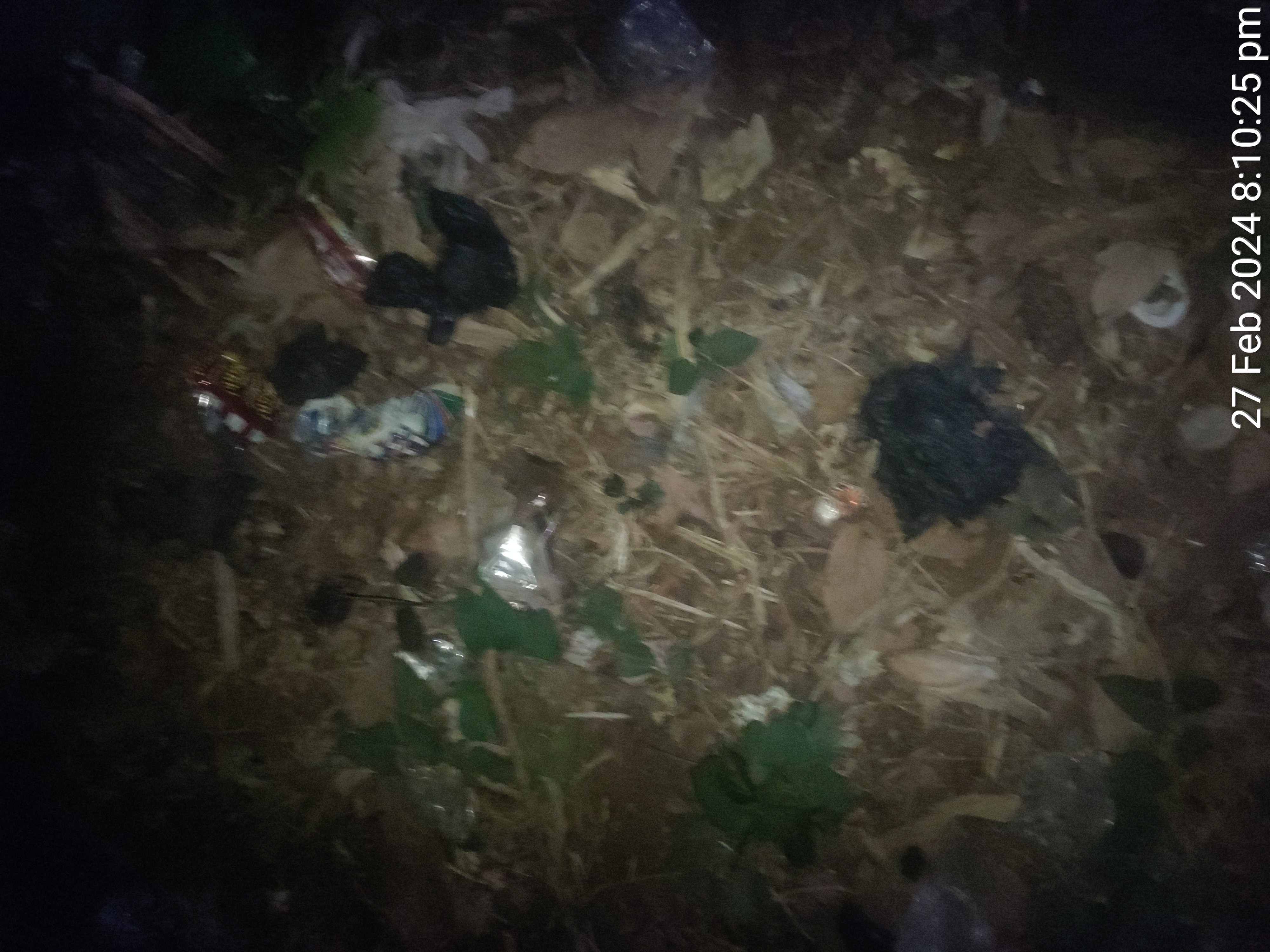
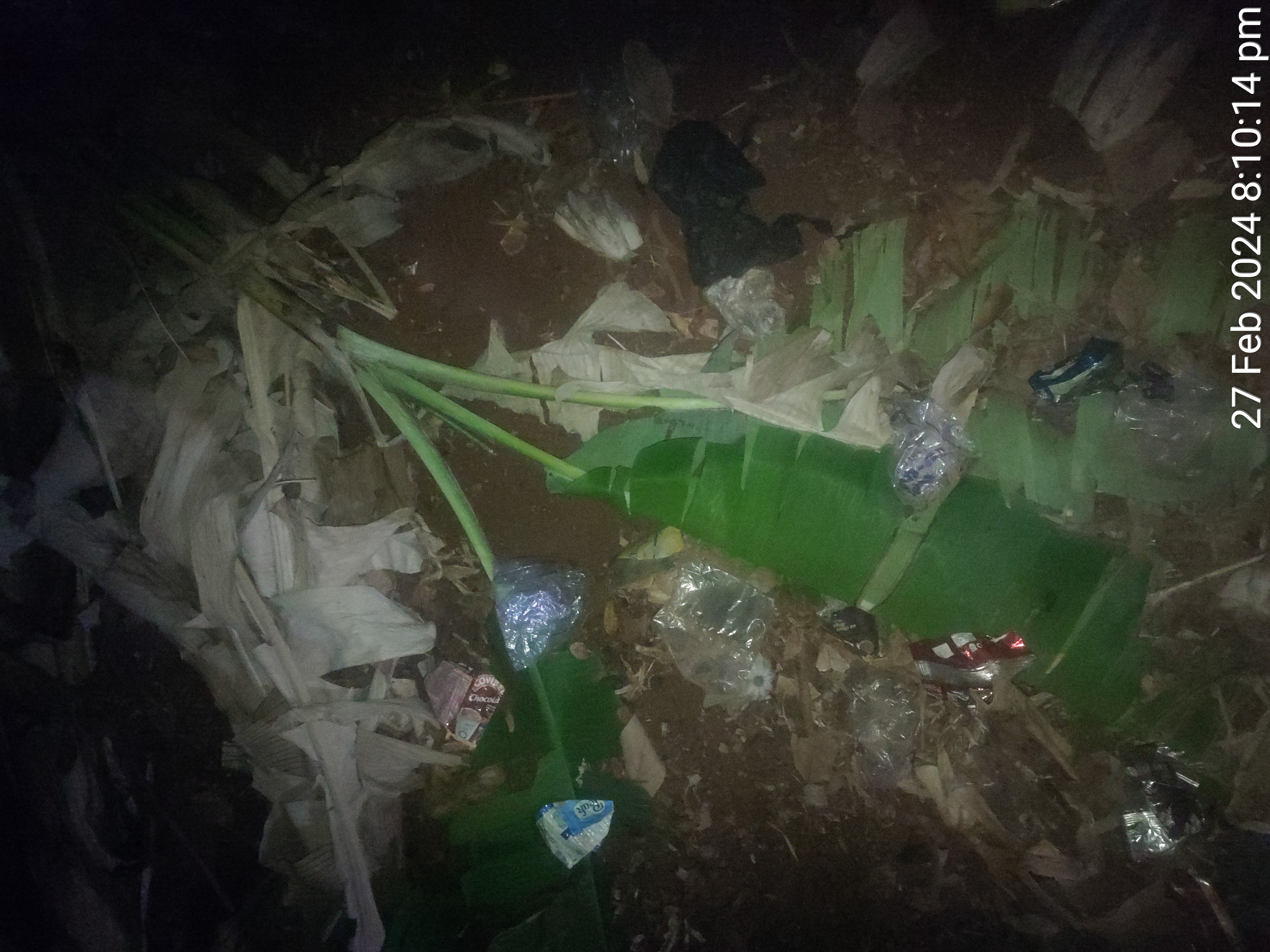
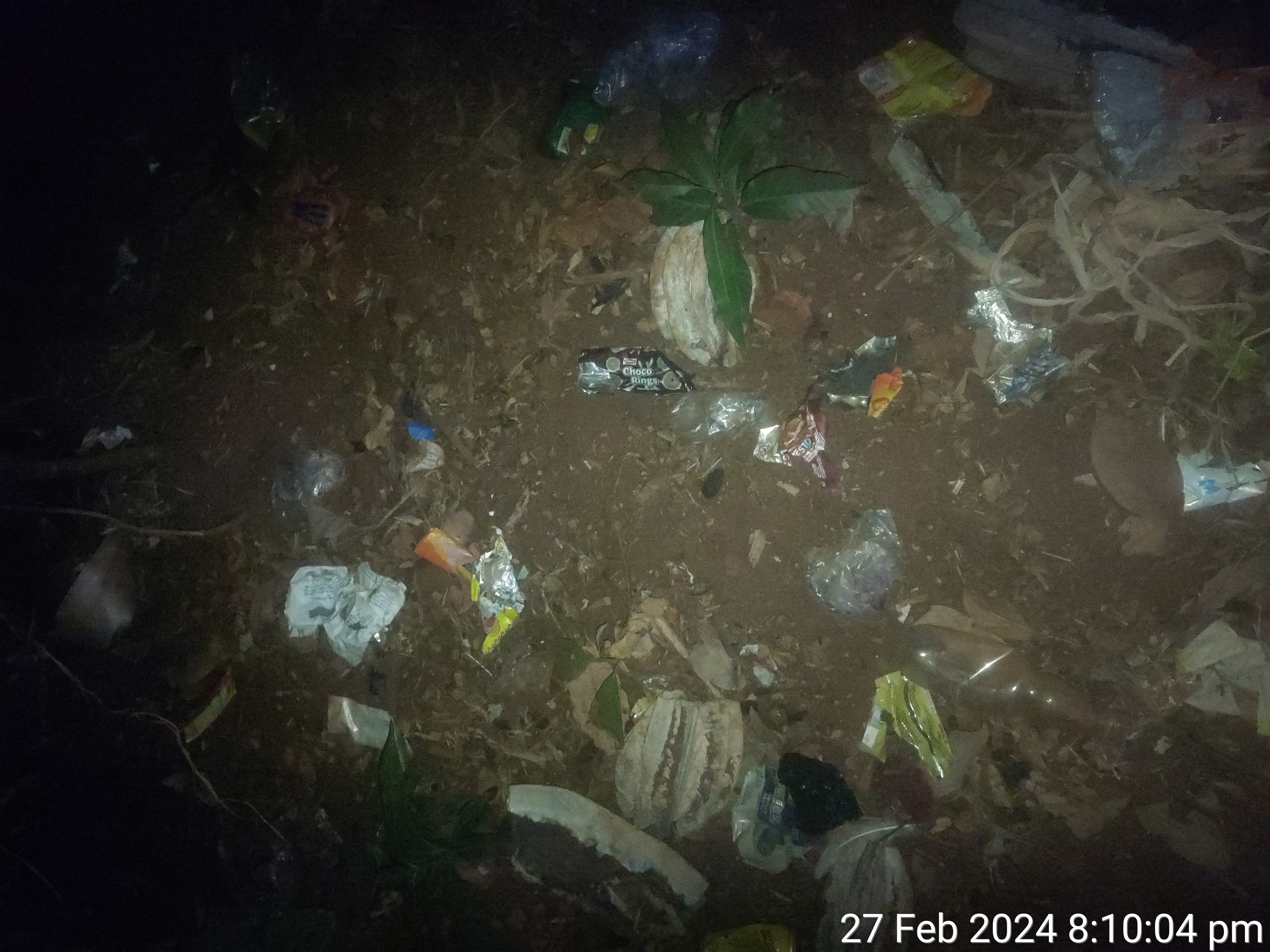

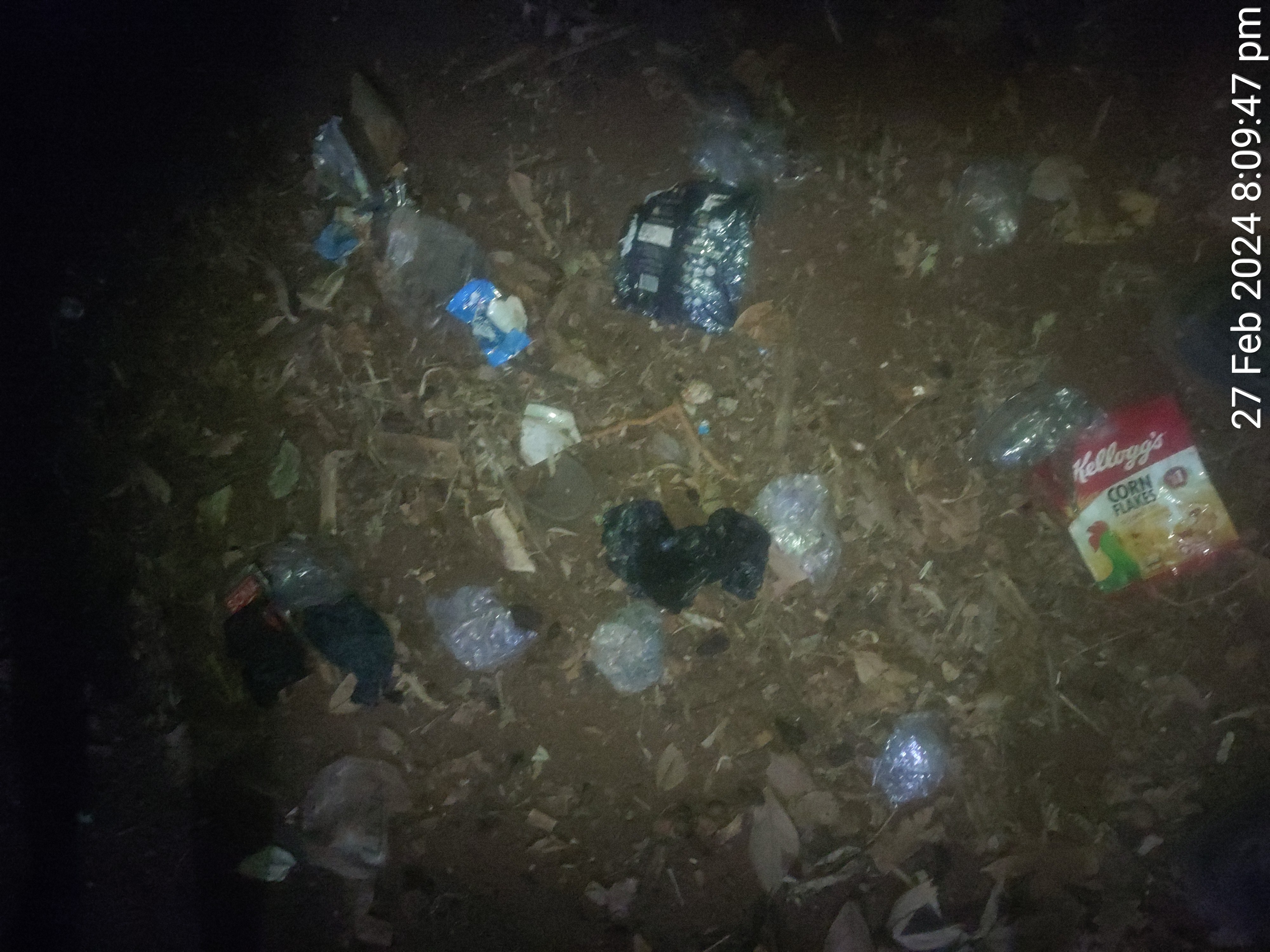
The advantages of reusable waste are multifaceted. Firstly, it minimizes the demand for single-use products, reducing the overall amount of waste generated. Secondly, it often requires less energy and resources to produce compared to disposable alternatives. Additionally, the use of reusable items contributes to lower landfill volumes, easing the burden on waste management systems. Embracing reusable waste aligns with the principles of the circular economy, promoting a closed-loop system where materials are continuously reused, ultimately reducing environmental impact.
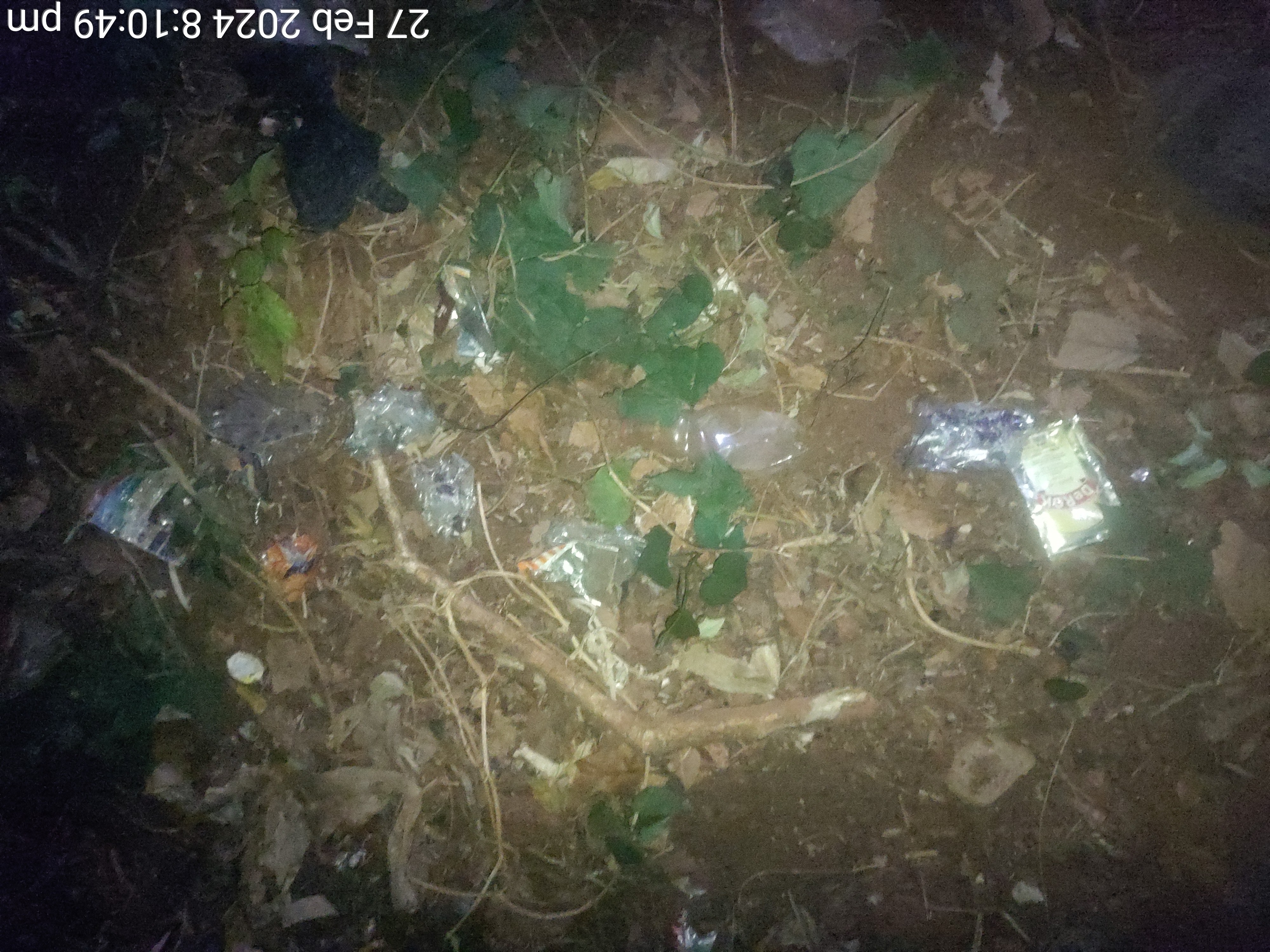
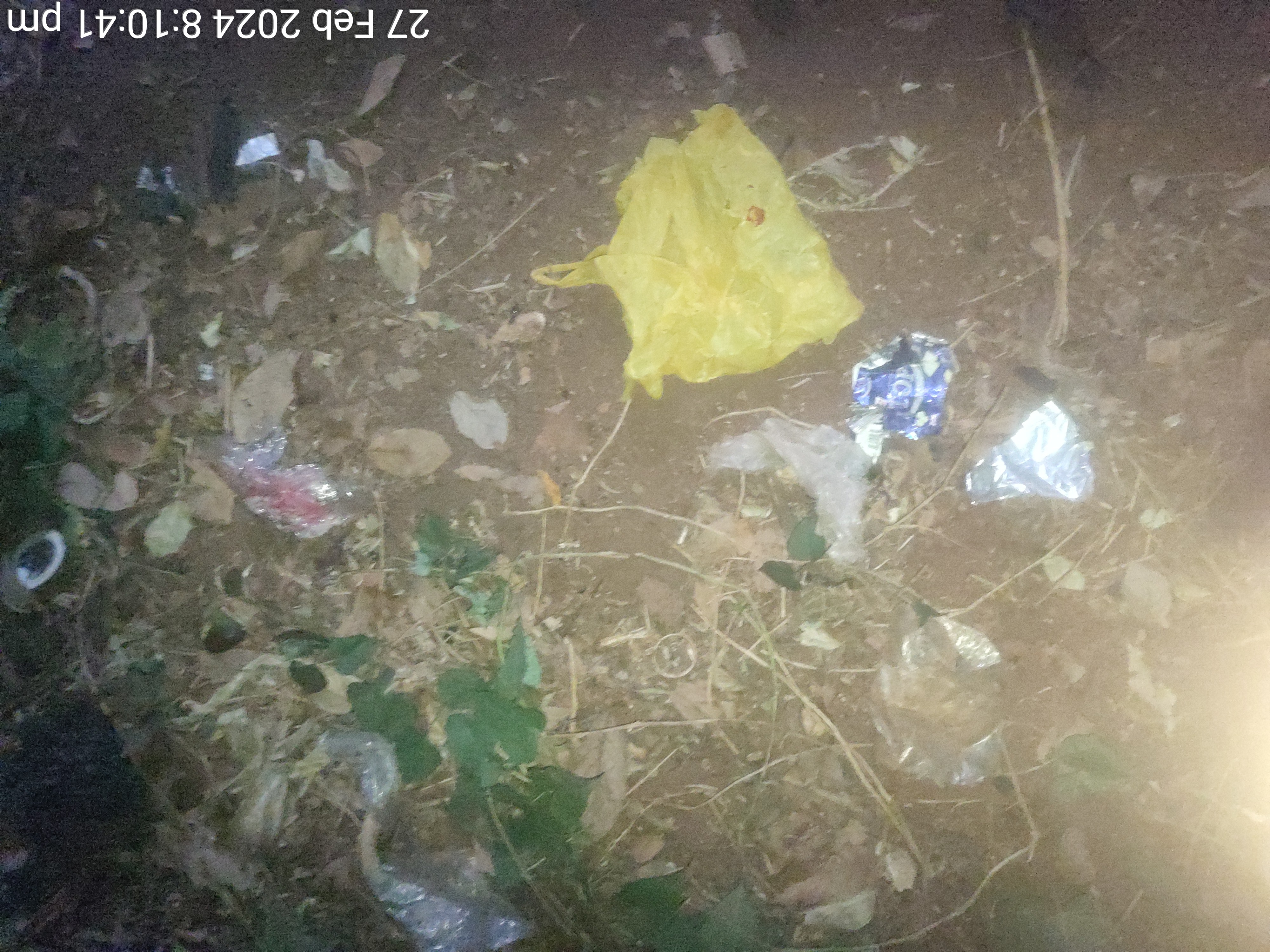

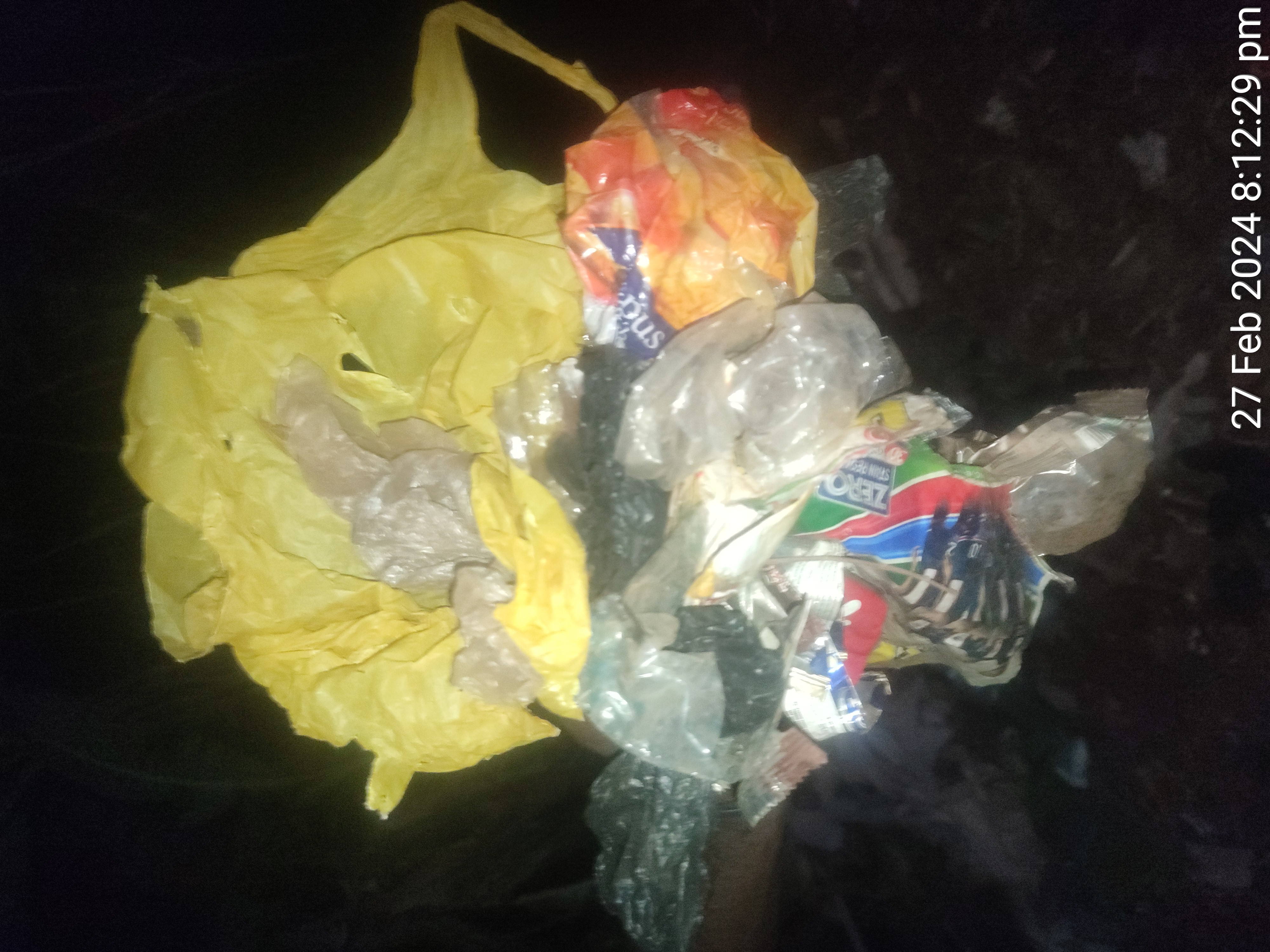

On the other hand, non-reusable waste, also known as single-use or disposable waste, comprises items designed for one-time use before being discarded. This category encompasses a wide range of products, such as plastic packaging, disposable cutlery, and single-serving containers. Non-reusable waste poses significant environmental challenges due to its sheer volume and slow decomposition rates, particularly in the case of plastics.
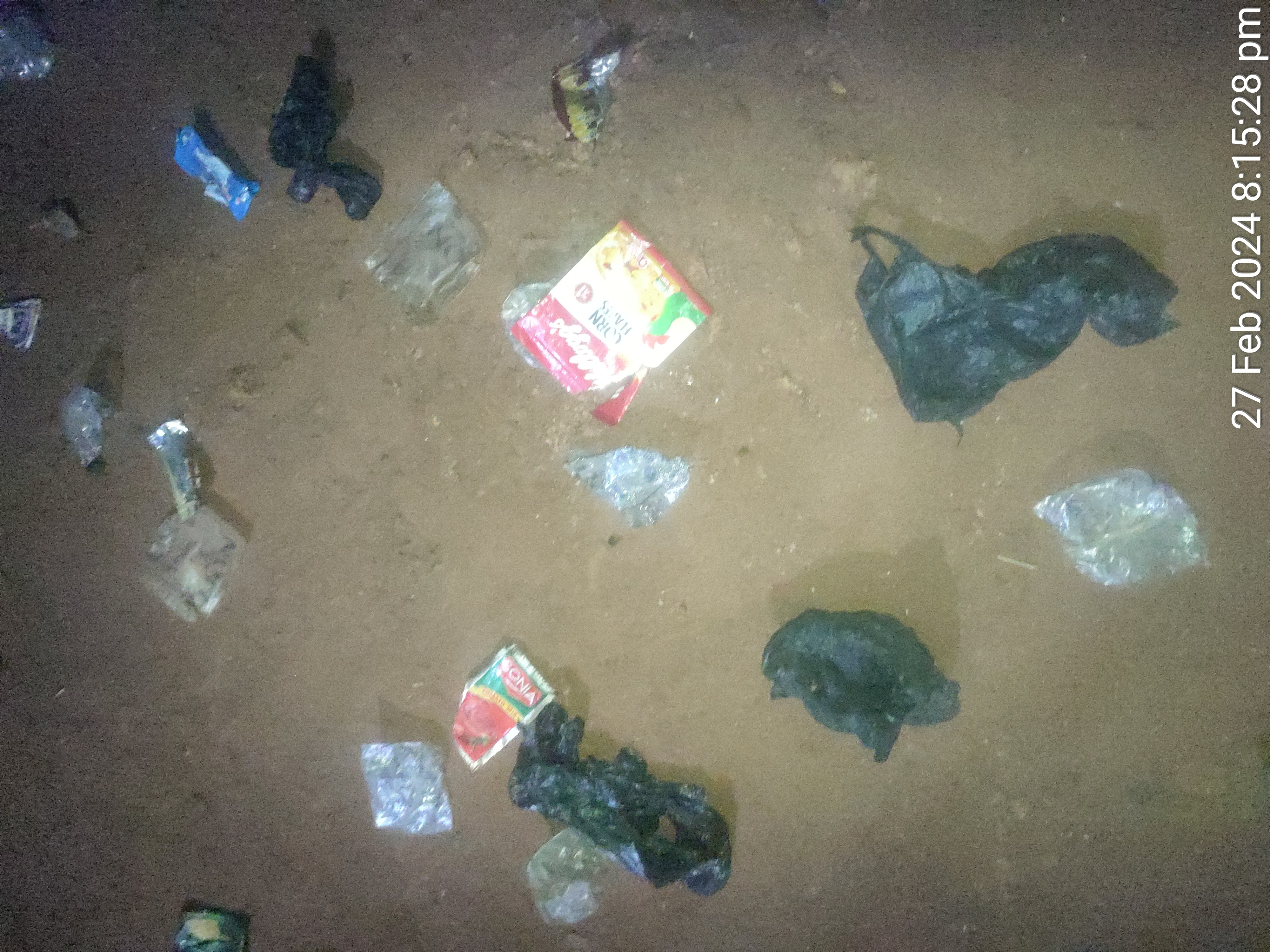

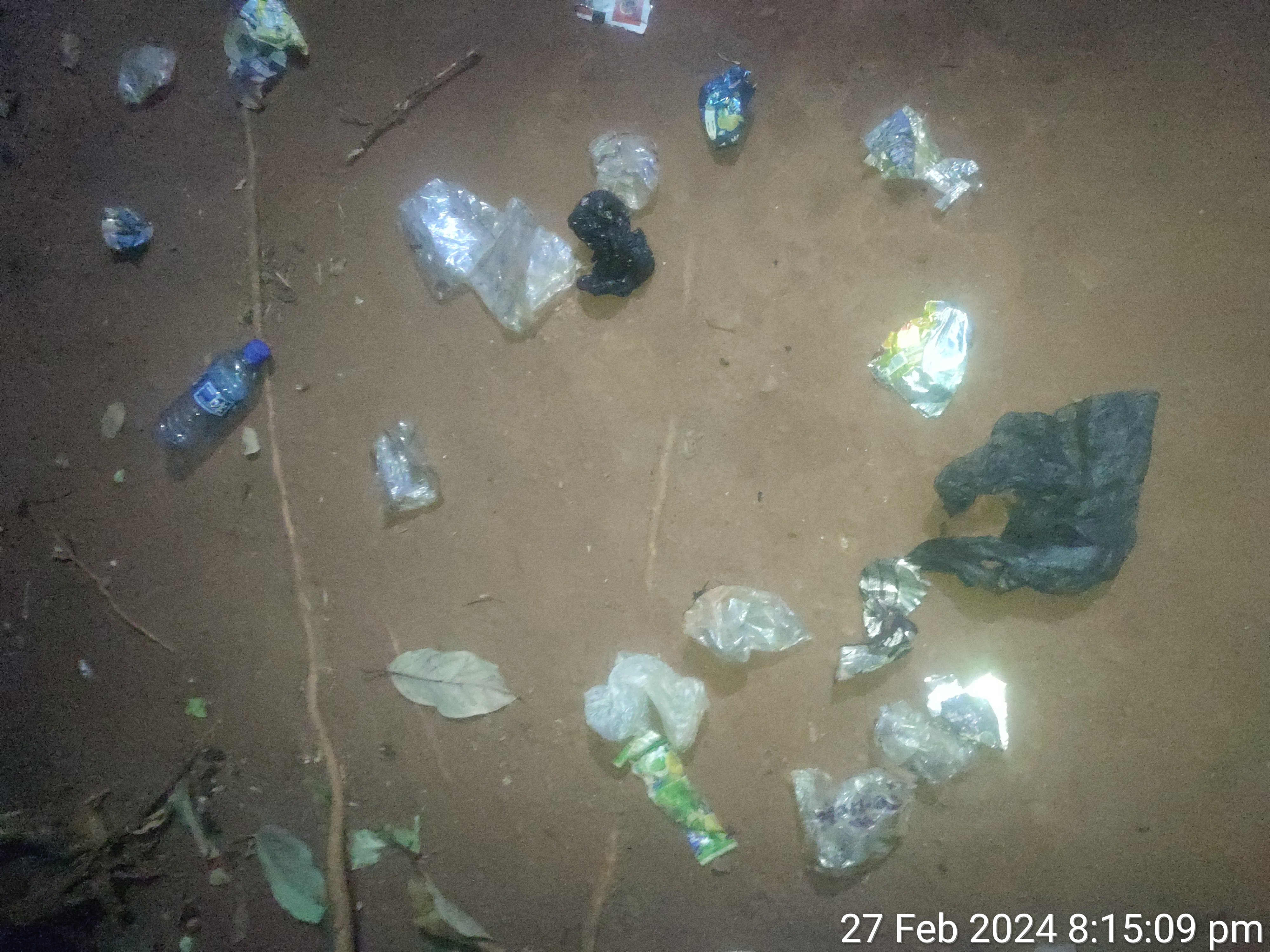
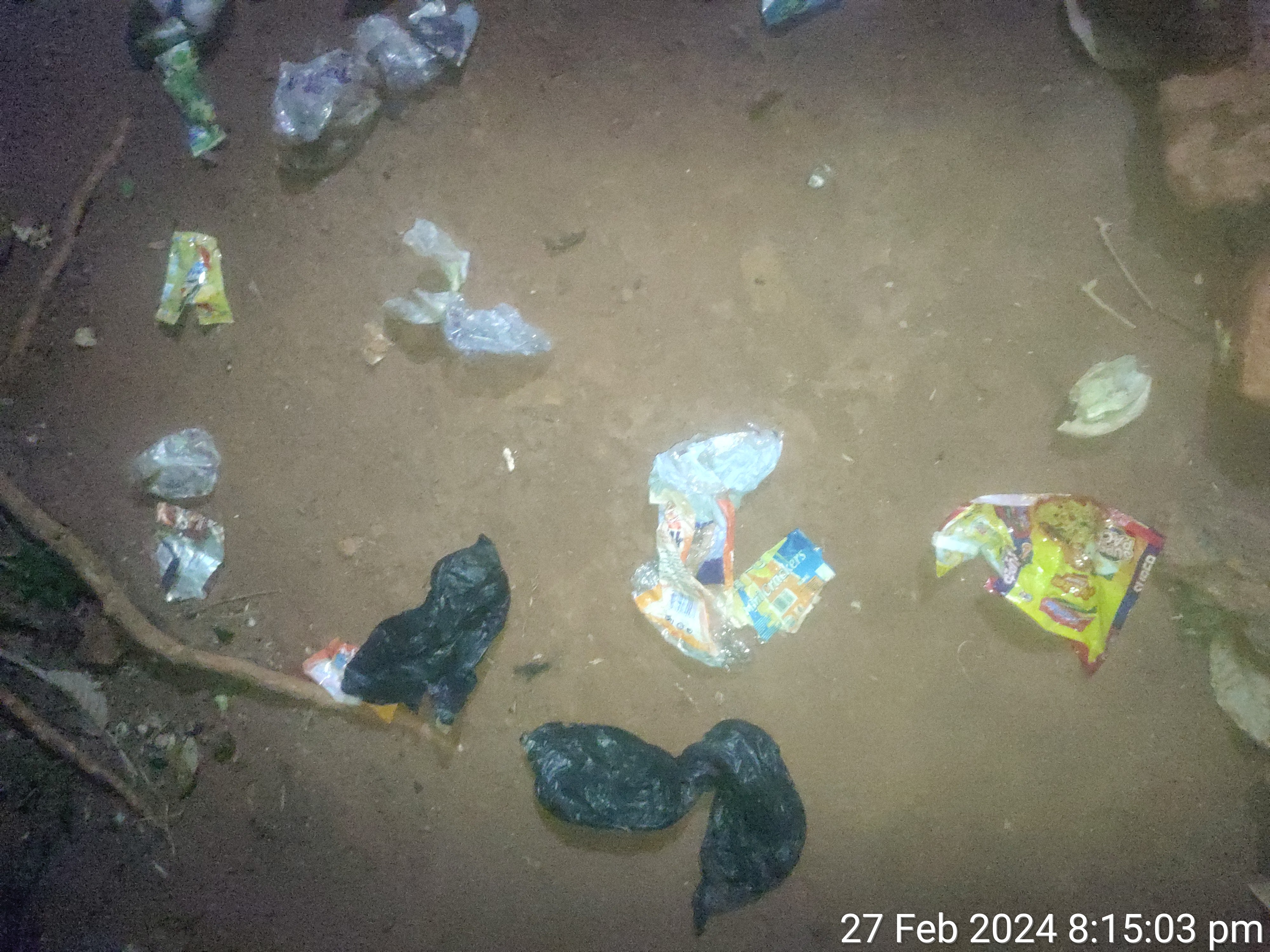
The proliferation of single-use items has led to concerns about resource depletion, environmental pollution, and the long-lasting impact on ecosystems. Plastic waste, in particular, has garnered attention for its persistence in the environment, causing harm to wildlife and entering the food chain. Efforts to address non-reusable waste involve promoting recycling, reducing single-use item consumption, and developing alternative materials with lower environmental impact.
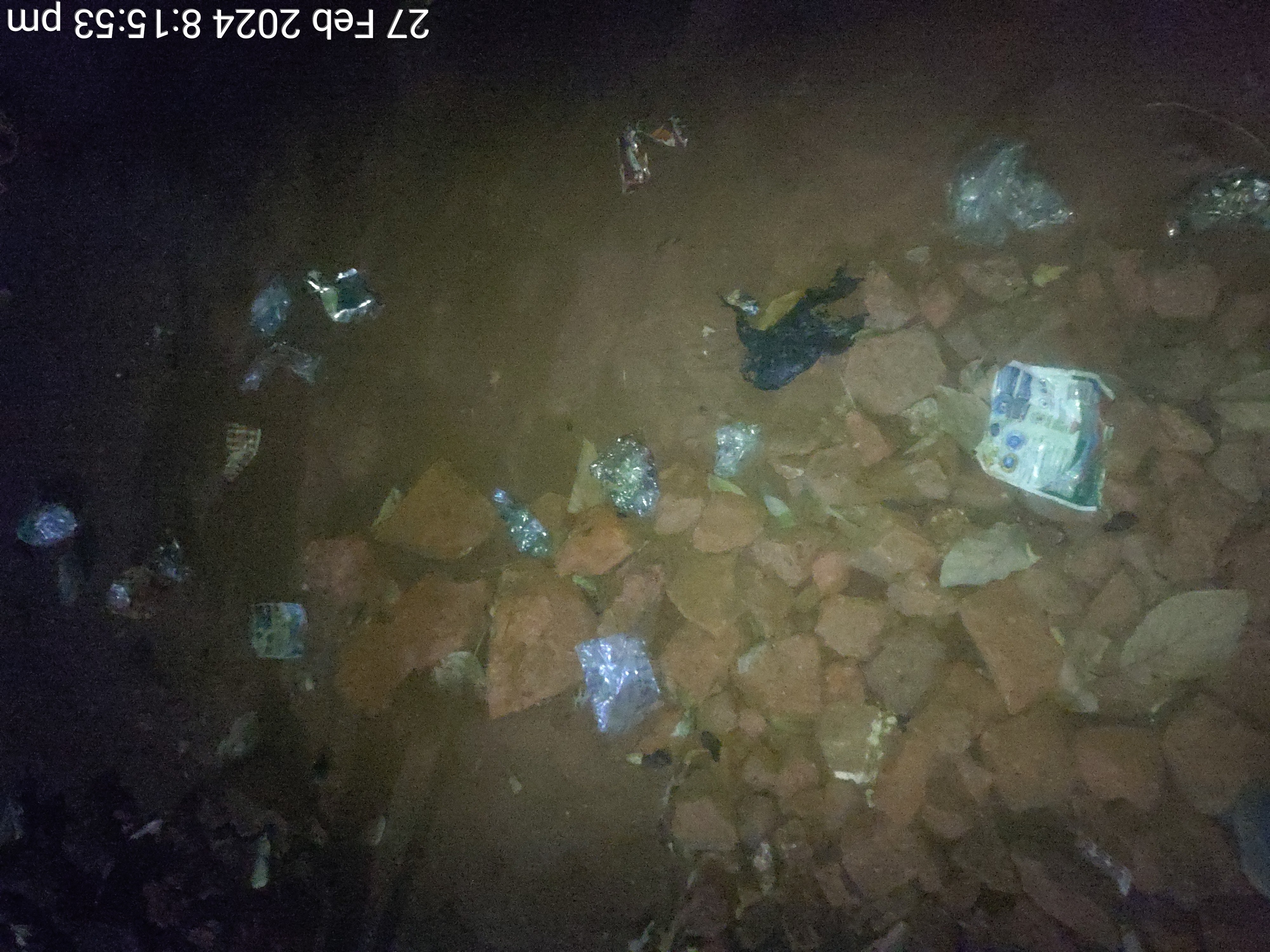




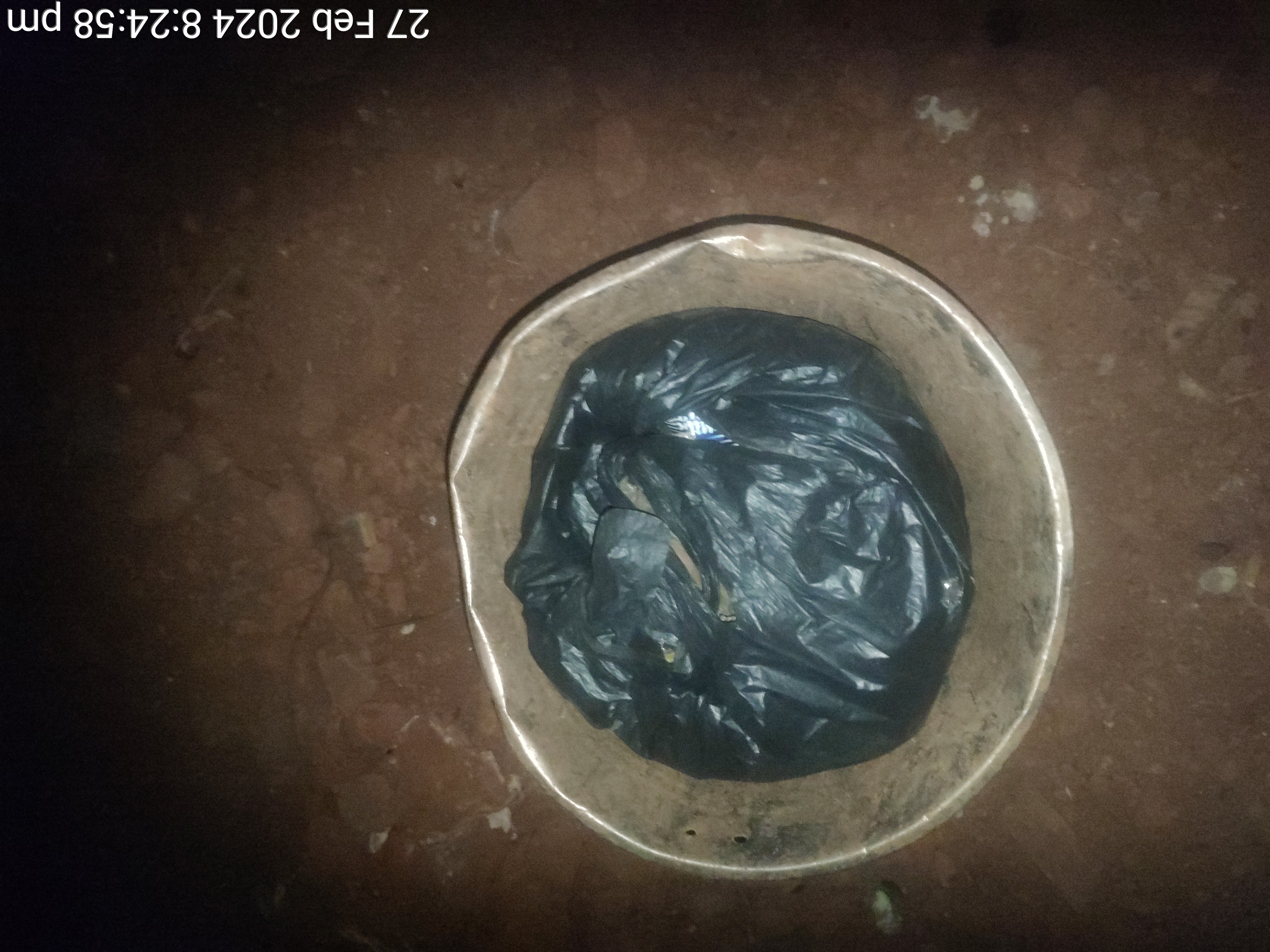
The distinction between reusable and non-reusable waste underscores the importance of adopting sustainable practices in daily life. Embracing reusable alternatives helps mitigate environmental impact, while addressing the challenges posed by non-reusable waste requires a concerted effort to reduce, reuse, and recycle. By making conscious choices in consumption, individuals and communities can contribute to a more sustainable and resilient future.
@cleanplanet
@solarisfuture
@cleanyourcity
@neoxian